Electrify America unveils its first application of megawatt-level energy storage
Green Car Congress
OCTOBER 20, 2022
Electrify America recently unveiled its first application of a megawatt-level battery energy storage system (BESS) for electric vehicle (EV) charging stations, building upon the company’s existing BESS installations at more than 150 stations across the US, including more than 100 installations in California.

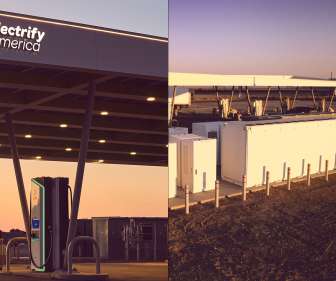
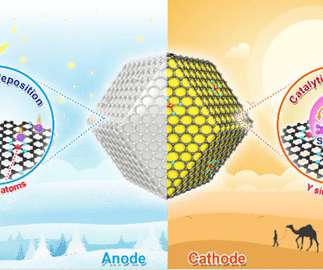

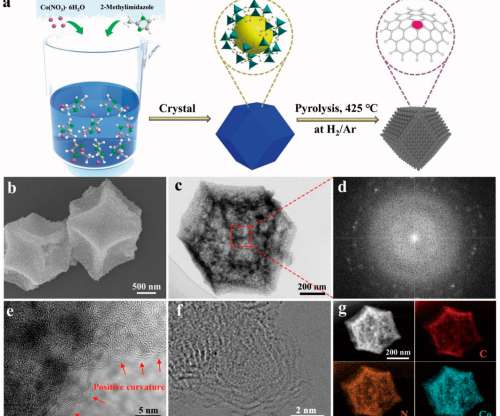
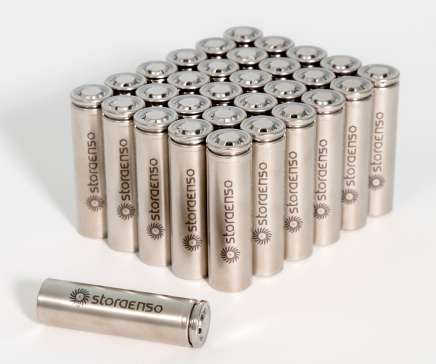
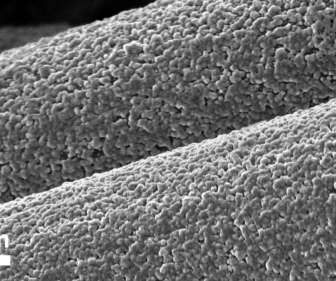
























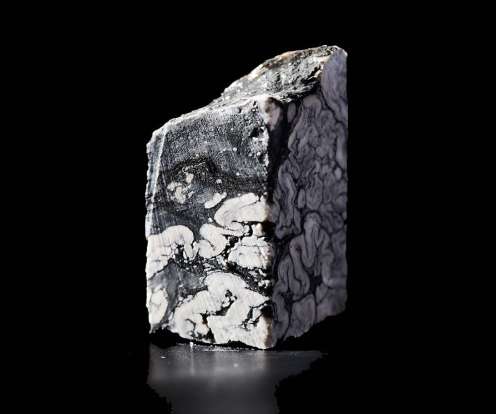









Let's personalize your content